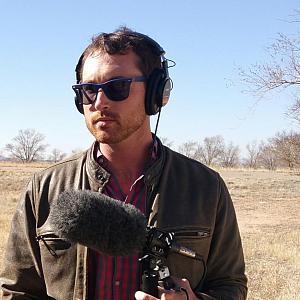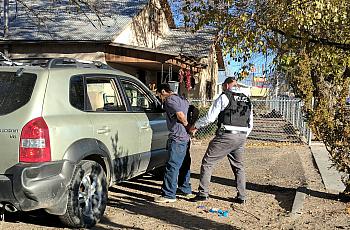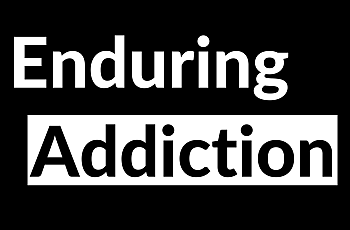
Ed Williams
Reporter

Reporter
Ed Williams, an investigative reporter for Searchlight, covers child welfare, social justice and other issues. In 2022, he was selected for ProPublica’s Local Reporting Network to produce stories about abuses in the foster care system and the devastating impacts on children. Before joining Searchlight, Williams was a reporter in both the United States and Latin America, working for print, digital and radio outlets, including seven years in public radio. His numerous journalism awards include a 2022 First Amendment award and 2019 local accountability reporting award from the Poynter Institute. He has a master’s degree in journalism from the University of Texas at Austin and was a Center for Health Journalism 2016 National Fellow.
![[Photo by Petra Bensted via Flickr.]](/sites/default/files/styles/teaser_list_thumbnail/public/title_images/unnamed_199.jpg?itok=n5Igqamz)
In states such as New Mexico, many kids are put into treatment foster care who should never be there. The programs, run by private companies, vary widely in quality and safety from state to state.

The story of heroin in New Mexico's Rio Arriba County had been told too many times by the national media, leaving residents wary. But no journalist had invested the time to tell the personal stories of the community.

If there’s any police department that understands what an opioid epidemic means for a community, it’s New Mexico's Española Police Department. Even the chief of police has had addiction struggles within his own family.

When Erin Borrego was 15, she and her classmates started experimenting with opioid painkillers. It started with pills called Percocet and Lortab, but she quickly moved on to injecting heroin.

KUNM’s Ed Williams has been investigating the impacts of heroin addiction on children and families in Rio Arriba County, New Mexico. The area has had one of the country’s highest overdose rates for decades. Here he takes a deep look at the issue in an hour-long radio documentary.

When kids are at high risk for addiction, a good public school system can be one of the most effective ways to prevent drug use. In Española public schools, teacher turnover and administrative problems have instead created instability for students.

Española, New Mexico, has had one of the highest rates of heroin addiction in the country for decades. It’s a public health crisis that can create particular challenges for pregnant moms and their doctors.

Research shows early childhood education is one of the most effective ways to prevent drug use later in life. That’s especially important in New Mexico's Rio Arriba County, where an opioid epidemic has been raging for decades.

America’s opioid epidemic has exploded in recent years. But the community of Española in northern New Mexico has long had one of the highest rate of opioid overdoses in the country.